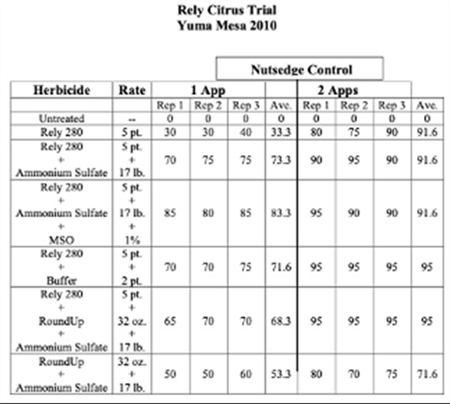
Soil health involves the fundamentals associated with soil, crops, and overall agricultural management practices that serve to enhance good soil system function. The concept of soil health basically addresses how well a soil is functioning. A simple analogy is with human health and as we see with a healthy person there is good overall system function and there are many interactive components in soil systems, like the human health system.
Soil health has been defined by the U.S. Department of Agriculture Natural Resource Conservation Service as “The continued capacity of a soil to function as a vital living ecosystem that sustains plants, animals, and humans” (USDA-NRCS, 2022).
The principles of soil health include soil quality parameters that serve to maximize biodiversity, soil cover, encouraging strong plant root system development, reduced tillage and practices that minimize soil disturbance, and will develop good soil conditions that are conducive to better infiltration and soil water holding capacity, sequester carbon (C), improve nutrient cycling, enhance ecosystem services, and many other benefits that are associated with healthy soils. Thus, soil health represents an extremely broad set of concepts and functions, and it is a good way to present the holistic aspects of soil systems.
As an agronomist and soil scientist working professionally for over 45 years, I find it interesting that what is now commonly referred to as “soil health” might be a new term but it is not a recent discovery. What is often referred to as soil health has often been described for many years as “soil quality” (NRCS, 2015).
Soil quality is the ability of a soil to perform the basic functions necessary for its intended use. These soil system functions typically include:
● sustaining biological diversity, activity, and productivity
● regulation of water and solute flow
● filtering, buffering, degrading organic and inorganic materials
● storing and cycling nutrients and carbon
● providing physical stability and support
Soils have been recognized as living entities for many decades and we commonly address soil function in terms of the three categories of physical, chemical, and biological properties. However, these categories overlap in function and are not always clearly defined as an independent soil property in a soil system since each can affect multiple soil functions.
Thus, soil health serves to integrate the dynamic functions of a soil system among the physical, chemical, and biological properties associated within a given soil system (Figure 1).
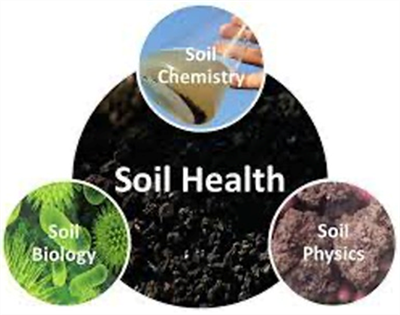
Figure 1. Soil health and the integration of fundamental soil
properties. Source: University of Tennessee Cooperative Extension.
One of the principal aspects of soil health is the emphasis on the relationship between soils and soil systems to human health via the function of soils as a fundamental component of terrestrial ecosystems, Figure 2.
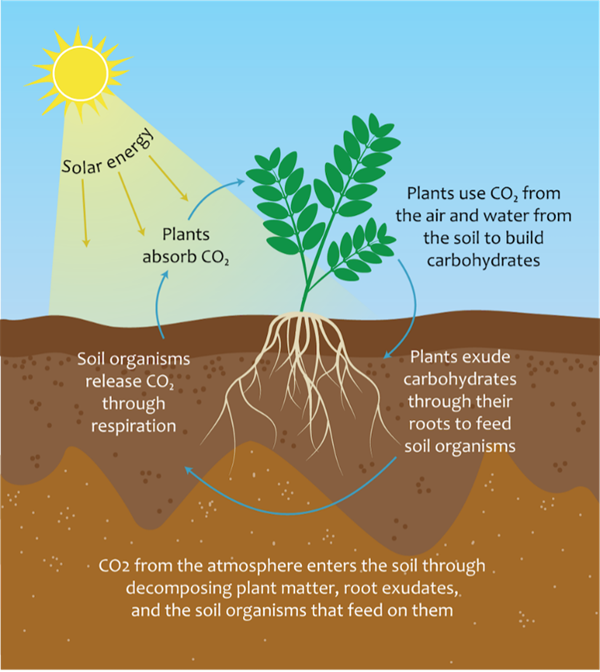
Figure 2. The broad and integrated aspects of soil health and relationship to human health. Source: van Es and Frost, 2016.
In agricultural systems these relationships are commonly recognized but this new emphasis is good in my view because of the capacity to bring the importance of soil systems into a better realm of understanding and appreciation by the public and non-agriculturalists who have never really thought about this before. It is also important for us to recognize that whatever we do to impact a soil system in one aspect, it will have impacts on other aspects as well.
The study of soil fertility in the context of soil-plant relationships has often served to integrate the physical, chemical, and biological properties in relation to plant or crop growth. The concepts of soil health commonly place an emphasis on soil carbon (C) content, particularly in relation to stable organic carbon (SOC). This is related to the common reference to soil organic matter (SOM) content in soil health discussions.
It is important to distinguish the difference between organic materials and organic matter in soils. Organic materials include crop residues and SOM is the stable, residual forms of C compounds left in soils following microbial decomposition. For example, after the harvesting of a crop the crop residues are organic materials and they do not equate to SOM. The SOM is the final result of the crop residue breakdown and it is usually a very small fraction of the total organic material that was originally deposited.
Soil organic C represents the net balance of inputs and outputs of C to the soil over time. Inputs of C into a soil system consist largely of root exudates, residues of leaves, stems, and roots, and it also includes the deposition of materials transported by wind and water. In agricultural systems these inputs can include organic amendments such as manure, compost, biosolids, biochar, etc. to supply nutrients or organic matter.
Inputs of C into the soil system are counterbalanced by the C outputs which are dominated by the mineralization of SOC to carbon dioxide by microbes. In an agricultural soil system, microbial degradation and the transformation of plant inputs creates a complex of microbially derived organic compounds in the soil (Grandy and Neff, 2008). Outputs also include any harvested crops, residue burning and erosion.
Typically, soil health measurements focus on the soil surface properties, usually the upper foot (30 cm) of the soil surface. Thus, the transport of C deeper into the soil profile by water or tillage pedoturbation would result in a decrease in the measured SOC in the surface.
In a desert agricultural setting, it is important to review the basics of C cycling in soil systems as shown in Figure 3.
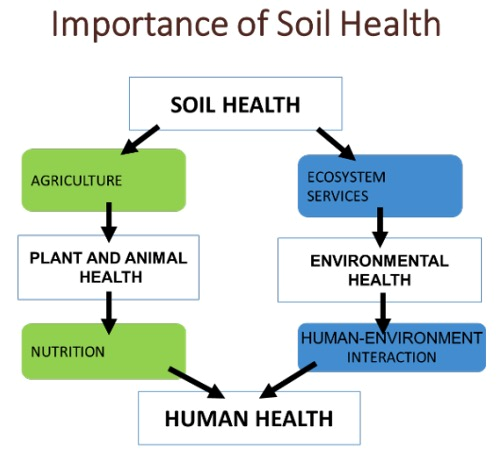
Figure 3. Soil carbon cycle. Source: Lavallee and Cotrufo, Colorado State University, 2020.
Desert crop production systems can produce large amounts of organic material, plant structures and residues. However, much of the C captured in plant residues and incorporated into the soil is soon lost to the atmosphere due to the high amounts of solar energy inputs, an abundance of soil microbes, with sufficient soil moisture and aeration as a function of good soil drainage, and a good nutrient supply (particularly nitrogen).
These are all functions of healthy soils, which are common in desert agricultural settings. The result is a relatively low level of stable organic matter (SOM), usually less than 2% on a soil mass basis and most often ~ 1% or less in desert agricultural soils. Even if difficult, trying to enhance SOM accumulation in desert soils is a worthy goal.
It is important to understand the basic concepts and complexities associated with soil health and to consider agronomic aspects (soil and crop factors) of soil and crop system management that serve to enhance healthy soils for both short and long-term productivity and sustainability.
References
Lavallee, J. and F. Cotrufo, 2020. Soil carbon is a valuable resource, but all soil carbon is not created equal. The Conversation and Colorado State University, 2020.
https://theconversation.com/soil-carbon-is-a-valuable-resource-but-all-soil-carbon-is-not-created-equal-129175
Grandy, A.S., Neff, J.C., 2008. Molecular C dynamics downstream: the biochemical
decomposition sequence and its impact on soil organic matter structure and
function. The Science of the Total Environment 404, 297–307.
https://doi.org/10.1016/j.scitotenv.2007.11.013.
USDA-Natural Resource Conservation Service (NRCS). 2015. Soil Quality Indicators Physical, Chemical, and Biological Indicators for Soil Quality Assessment and Management.
https://www.nrcs.usda.gov/sites/default/files/2022-10/indicator_sheet_guide_sheet.pdf
USDA-NRCS. 2022. https://www.nrcs.usda.gov/wps/portal/nrcs/main/soils/health/
van Es, H. and P. Frost. 2016. Gaining Ground on Soil Health. Tata Cornell Institute.
https://tci.cornell.edu/?blog=gaining-ground-on-soil-health
I hope you are frolicking in the fields of wildflowers picking the prettiest bugs.
I was scheduled to interview for plant pathologist position at Yuma on October 18, 2019. Few weeks before that date, I emailed Dr. Palumbo asking about the agriculture system in Yuma and what will be expected of me. He sent me every information that one can think of, which at the time I thought oh how nice!
When I started the position here and saw how much he does and how much busy he stays, I was eternally grateful of the time he took to provide me all the information, especially to someone he did not know at all.
Fast forward to first month at my job someone told me that the community wants me to be the Palumbo of Plant Pathology and I remember thinking what a big thing to ask..
He was my next-door mentor, and I would stop by with questions all the time especially after passing of my predecessor Dr. Matheron. Dr. Palumbo was always there to answer any question, gave me that little boost I needed, a little courage to write that email I needed to write, a rigid answer to stand my ground if needed. And not to mention the plant diagnosis. When the submitted samples did not look like a pathogen, taking samples to his office where he would look for insects with his little handheld lenses was one of my favorite times.
I also got to work with him in couple of projects, and he would tell me “call me John”. Uhh no, that was never going to happen.. until my last interaction with him, I would fluster when I talked to him, I would get nervous to have one of my idols listening to ME? Most times, I would forget what I was going to ask but at the same time be incredibly flabbergasted by the fact that I get to work next to this legend of a man, and get his opinions about pest management. Though I really did not like giving talks after him, as honestly, I would have nothing to offer after he has talked. Every time he waved at me in a meeting, I would blush and keep smiling for minutes, and I always knew I will forever be a fangirl..
Until we meet again.
Over the last several years, Dr. Steve Fennimore, Extension Specialist - Weed Science, UC Davis and I have been collaborating on investigating the use of band-steam for controlling in-row weeds and soilborne pathogens. Band-steam is where, prior to planting, steam is injected in narrow bands, centered on the seedline to raise soil temperatures to levels sufficient to kill weed seed and soilborne pathogens (>140 °F for > 20 minutes). After the soil cools (<1 day), the crop is planted into the strips of disinfested soil.
This spring, we completed fabrication of a second-generation prototype band-steam applicator that is simpler in design and easier to operate than our first prototype. Steve has been demonstrating the device to growers on their farms in the Salinas valley this summer (Fig. 1). Similar to Yuma trials, application of band-steam is being found to provide very good weed control in the treated band (Fig. 2). Stay tuned for reports of full trial results including hand weeding labor savings, control of Sclerotinia lettuce drop and crop yield in future articles.
The band-steam machine will be back in Yuma in a couple of weeks! If you are interested in testing the device on your farm, please contact me. I’d be happy to work with you.
Acknowledgements
This work is supported by the Crop Production and Pest Management grant no. 2021-70006-35761 /project accession no. 1027435 from USDA-NIFA. We greatly appreciate their support. Any opinions, findings, conclusions, or recommendations expressed in this publication are those of the author(s) and do not necessarily reflect the view of the U.S. Department of Agriculture.
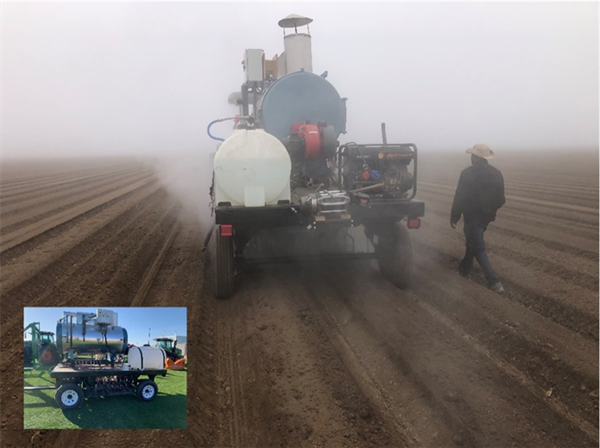
Fig. 1. On-farm demonstration of a prototype band-steam applicator in Salinas,
CA. The machine injects steam into the bed in narrow beds centered on the
seedline prior to planting for control of weeds and soilborne pathogens. (Photo
credits: Steve Fennimore, UC Davis)
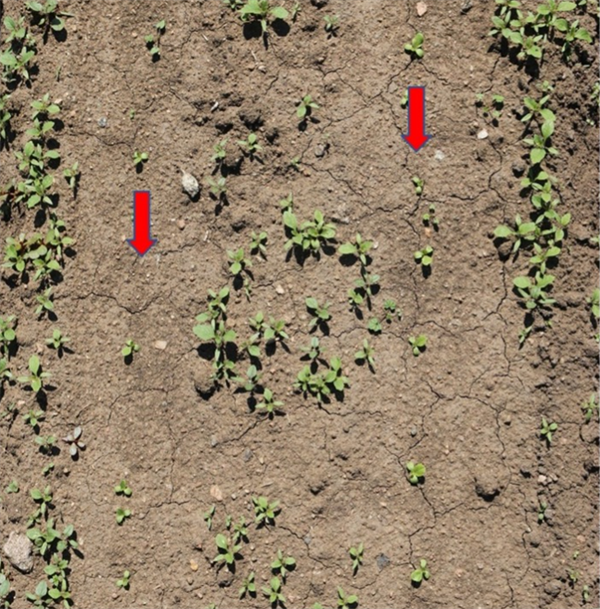
Fig. 2. Weed control with band steaming in lettuce. Steam was applied
in a 4-inch band centered on the two seedlines marked by the red
arrows. The weeds outside of the treated band are in areas that were
not steamed, but can be cultivated out easily because they are not
close to the crop seedline. Trials conducted by Steve Fennimore, UC
Davis, in 2022 in Salinas, CA. (Photo and caption credits: Steve
Fennimore, UC Davis).
It is well known that conditions of the environment such as temperature, light, CO2, humidity, and wind at the time of application as well as many other factors impact how herbicides perform. This could vary depending on the weed species, the compound, if the product is soil applied etc.
One of our subscribers asked specifically about Rely herbicide's response to temperature and humidity.
A study showed that plants grown at 90% relative humidity presented more translocation of glufosinate than those grown at 35%. Relative humidity had greater effect than temperature on glufosinate toxicity to Palmer amaranth, redroot pigweed, and common waterhemp (1).
Additional research showed glufosinate acted slower with lower temperatures delaying injury to two weed species, but only small differences in injury existed among temperature regimens in the final evaluations 288 h after spraying. It also suggested that the activity of glufosinate ammonium on both species was significantly reduced by low relative humidity (2).
Barry Tickes at the The University of Arizona conducted a nutsedge trial in 2010 at the Yuma Mesa in which we sprayed Rely in June with similar temperatures to what we are having today and humidity below 20%. Then, a second application was done in August, which averaged ~40% relative humidity. The following table shows the % control was higher after the August application. This is consistent with the studies we refer to above.
